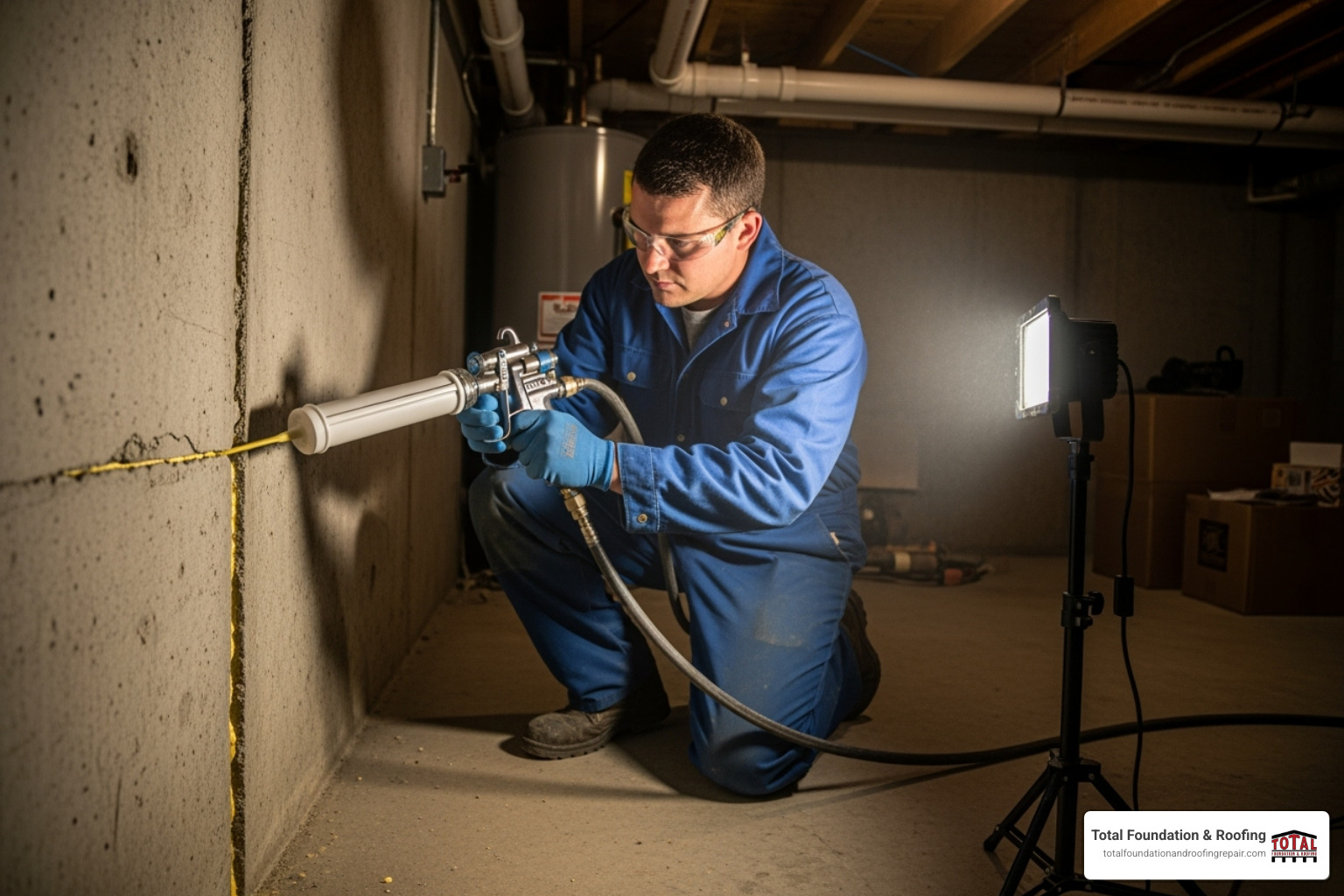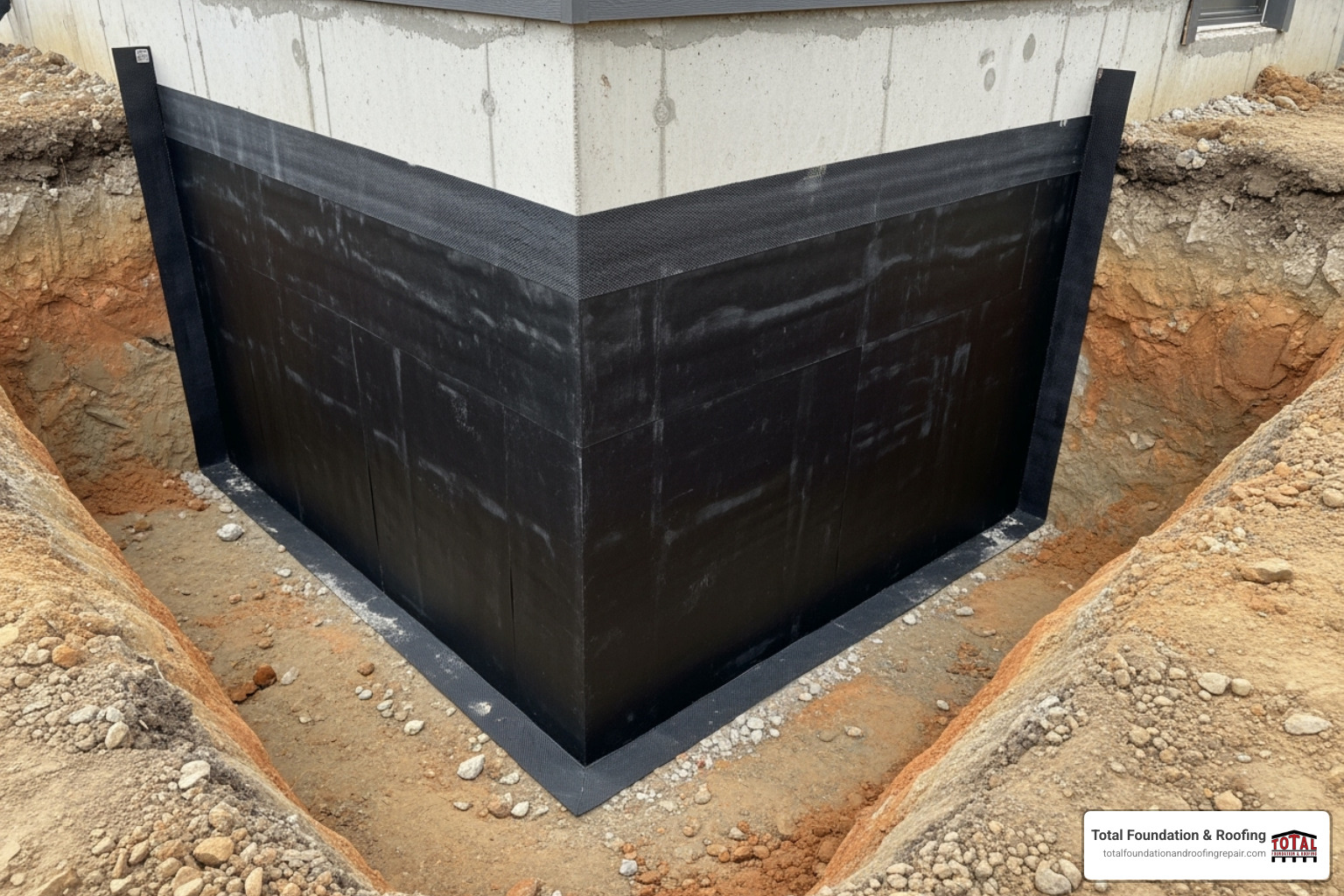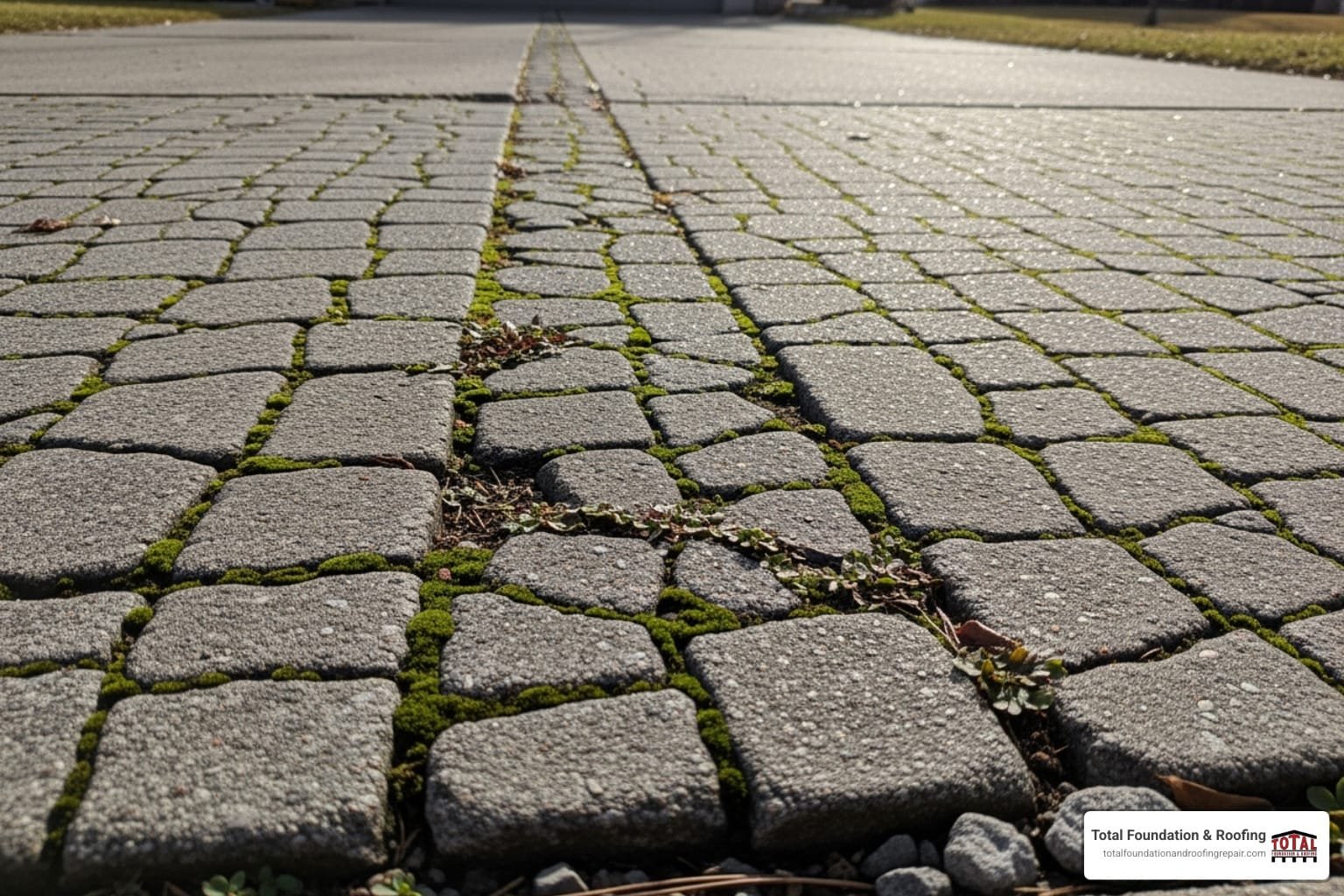Table of Contents
ToggleYour Guide to Understanding and Fixing Foundation Cracks
Finding a crack in your foundation is a common issue, but understanding the right foundation crack solutions is key to protecting your investment. Ignoring even small flaws can lead to structural damage, water intrusion, and costly repairs. For homeowners seeking to protect their property’s value and safety, getting expert foundation advice is the first step to determining whether you’re dealing with minor settling or a serious structural concern.
As a construction professional with over 18 years of experience in the Texas Hill Country, I’m Daniel Sowell, and I’ve seen how the right approach at the right time can save homeowners thousands. This guide will help you understand, assess, and address foundation cracks effectively.

What Causes Foundation Cracks?
Cracks are symptoms of underlying forces. The most common causes include:
- Soil Settlement: Over time, the soil beneath your home can compact and shift. When this happens uniformly, it’s generally not a problem. However, differential settlement—where one part of the foundation settles faster or lower than another—creates immense stress, leading to cracks. This can be caused by variations in soil composition or moisture content under different parts of your home.
- Hydrostatic Pressure: Water accumulating in the soil exerts immense pressure on foundation walls, a common issue in areas with heavy rainfall or poor drainage. This pressure can force water through the concrete and create cracks. A high water table or a sudden influx of water from a storm can create thousands of pounds of force against your basement or crawl space walls, eventually causing them to bow inward and crack.
- Expansive Soils: In the Texas Hill Country, clay soils are notoriously expansive. They act like a sponge, swelling significantly when they absorb water and shrinking dramatically as they dry out. This constant cycle of expansion and contraction creates a powerful push-and-pull force on foundations, leading to cyclical movement that can easily cause cracks to form and widen over time.
- Other Factors: The initial concrete curing process can cause minor shrinkage cracks as the material dries. Temperature fluctuations cause materials to expand and contract, while invasive tree roots can grow underneath and against a foundation, exerting enough pressure to cause damage. Finally, poor initial construction, such as inadequate soil compaction or an improperly designed foundation, can create inherent weaknesses.
How to Assess the Severity of a Foundation Crack

Not all cracks are emergencies, but knowing the warning signs is crucial.
- Width and Direction: Hairline cracks (under 1/16″) are often cosmetic shrinkage cracks from the curing process. Vertical cracks often indicate minor settlement and may not be structurally significant unless they are wide or leaking. However, cracks wider than 1/8″—about the thickness of a credit card—are a red flag. Horizontal cracks are almost always serious, as they signal that external soil or hydrostatic pressure is causing the wall to bow inward. Stair-step cracks in concrete block or brick walls are a classic sign of differential settlement, where one section of the foundation is sinking or heaving.
- Water and Movement: Any crack leaking water requires immediate attention to prevent mold, mildew, and further structural decay. You should also monitor cracks for changes; if they are widening, lengthening, or the sides of the crack are no longer flush with each other (displacement), it indicates an active and ongoing problem that needs professional evaluation.
When to Call a Professional
We recommend contacting a foundation specialist if you see these Red Flags:
- Cracks wider than 1/8 inch
- Any horizontal cracks
- Bowing or bulging walls
- Water leakage through cracks
- Doors or windows that stick or won’t close properly
- Cracks that are actively growing
Ignoring these signs can lead to more extensive and costly repairs. A professional inspection provides an honest assessment to help you understand the true nature of your foundation issues.
A Homeowner’s Guide to Foundation Crack Solutions
Once you’ve identified a crack, choosing the right repair method is your most important decision. This section walks you through your foundation crack solutions, from simple DIY approaches to comprehensive professional repairs, helping you make an informed choice that protects your home’s structural integrity.
DIY vs. Professional Repair: Weighing Your Options
Deciding whether to fix a crack yourself or call a professional can save you headaches and money. Here’s a quick comparison:
| Factor | DIY Repair | Professional Repair |
|---|---|---|
| Cost | Lower upfront investment | Higher initial cost, but prevents expensive future repairs |
| Skill Level | Basic tools and following instructions | Specialized knowledge, experience, and equipment required |
| Durability | Often a temporary, cosmetic solution for minor issues | Long-lasting, structural repairs with proven track records |
| Warranty | No protection if repair fails | Multi-year transferable warranties and guarantees |
When DIY Might Work
A DIY approach can be suitable for non-structural hairline cracks (less than 1/16 inch wide) that are not leaking and not growing. Urethane sealants and some epoxy patch kits can be effective for these minor, stable cracks. The main advantages are immediate action and low cost. However, the biggest risk is misdiagnosis—mistaking a serious structural issue for a cosmetic one. A DIY fix might only hide the symptom, allowing the underlying cause, like soil pressure or settlement, to continue worsening out of sight.
When to Call a Professional
Certain issues should never be DIY projects. Call an expert for:
- Cracks wider than 1/8 inch
- Any horizontal cracks
- Water intrusion through a crack
- Bowing or bulging walls
- Multiple cracks appearing suddenly
- Doors and windows that begin to stick
Incorrectly addressing these problems can create bigger, more expensive issues. Professional assessment ensures the right diagnosis and solution the first time. To get a better idea of what to expect, you can learn more about understanding foundation crack repair costs.
The Most Effective Professional Foundation Crack Solutions
When DIY isn’t enough, professional methods offer the reliability your home deserves by addressing both the crack and its cause.

- Polyurethane Injection: This is the gold standard for sealing non-structural cracks, especially those actively leaking water. A low-viscosity polyurethane resin is injected into the crack under pressure. It’s hydrophobic, meaning it reacts with any water present and rapidly expands to fill the entire void, from the inside of the wall to the outside soil. This creates a flexible, watertight seal that can accommodate the natural, minor movements of the concrete, preventing future leaks.
- Epoxy Injection: For structural cracks in dry conditions, epoxy injection is the preferred method. Unlike flexible polyurethane, epoxy is a rigid, high-strength adhesive that essentially “welds” the concrete back together. It restores the original strength and tensile integrity of the wall. This is crucial for repairing cracks that compromise the foundation’s load-bearing capacity. Understanding the difference between epoxy and polyurethane is key to choosing the right method for structural versus waterproofing needs.
- Carbon Fiber Repair: To stabilize bowing or bulging foundation walls, carbon fiber straps offer a modern, minimally invasive solution. These straps, which are ten times stronger than steel, are bonded to the interior of the wall with industrial-strength epoxy. They are applied vertically or horizontally to counteract the external soil pressure, reinforcing the wall and preventing any further inward movement. This method is much faster and less disruptive than traditional solutions like wall anchors or complete wall replacement.
- Underpinning with Piers: For severe settlement issues, underpinning is the only true solution. This process involves transferring the weight of your home from unstable soil to a stable, load-bearing stratum deep underground. Helical piers are like giant steel screws that are twisted into the ground until they reach a specified torque, making them ideal for a variety of soil conditions. Push piers are long steel pipes that are hydraulically driven through brackets attached to the foundation until they hit bedrock or solid strata. The home’s weight is then transferred to these piers, permanently stopping settlement and often allowing the foundation to be lifted back toward its original position.
Professional foundation crack solutions are custom to your foundation type, whether it’s poured concrete or concrete block. Our team specializes in selecting the most appropriate and durable method for your home.
The Role of Waterproofing and Prevention
Water is the number one cause of foundation problems. Effective water management is the best way to prevent future cracks and protect existing repairs.

Key Prevention Strategies:
- Exterior and Interior Drainage: A comprehensive waterproofing strategy is your best defense. Exterior waterproofing involves excavating around the foundation to apply a waterproof membrane or coating, which acts as a barrier to stop water from ever touching the concrete. Interior drainage systems (also known as French drains) are installed along the inside perimeter of the basement floor to collect any water that seeps in and channel it to a sump pump, which then safely discharges it away from the home.
- Proper Grading: Ensure the ground slopes away from your foundation by at least 6 inches over the first 10 feet. This simple step uses gravity to direct surface water away from your home instead of allowing it to pool against the foundation walls.
- Gutter and Downspout Maintenance: Keep gutters clean and free of debris to prevent overflow. Use downspout extensions to discharge roof water at least 5-10 feet away from your home, preventing thousands of gallons of water from saturating the soil around your foundation during a storm.
Controlling water mitigates hydrostatic pressure, soil expansion, and erosion—the primary forces that damage foundations. This proactive approach is the smartest long-term investment in your home’s structural integrity.
Securing Your Home’s Future
A small foundation crack today can become a homeowner’s nightmare tomorrow. These issues don’t fix themselves; they only worsen over time, leading to severe consequences that impact your home’s safety, value, and your family’s health.
The Long-Term Consequences and How to Get Help
Ignoring a crack can lead to a cascade of problems. The most alarming is progressive structural damage. As the foundation continues to shift or bow, you may notice sloping floors, doors and windows that jam, and large cracks appearing in your interior drywall or exterior brickwork. In severe cases, chimneys can begin to pull away from the house. This instability inevitably causes reduced home value. Foundation problems must be disclosed to potential buyers and can scare them away or force you to accept a significantly lower price.
Furthermore, the dampness from leaking cracks creates a perfect environment for mold and mildew. Toxic black mold can flourish in damp basements and crawl spaces, releasing spores into the air that can trigger allergies, asthma attacks, and other serious respiratory issues. These openings also serve as an open invitation for pest infestation, providing easy access for termites, carpenter ants, rodents, and other unwanted guests seeking shelter and moisture.
The good news is that addressing foundation issues early is always more affordable and less disruptive than waiting for a catastrophic failure. For homeowners in the Texas Hill Country, our unique expansive clay soils make professional assessment even more critical, as these volatile conditions can accelerate damage significantly. If you’re in our service area and have noticed any of the warning signs discussed, getting an expert opinion for foundation repair in Kerrville, TX is the essential next step.
Don’t wait for a small crack to become a major headache. Secure your foundation with our expert crack repair services and gain the peace of mind that comes with a stable, secure home.




